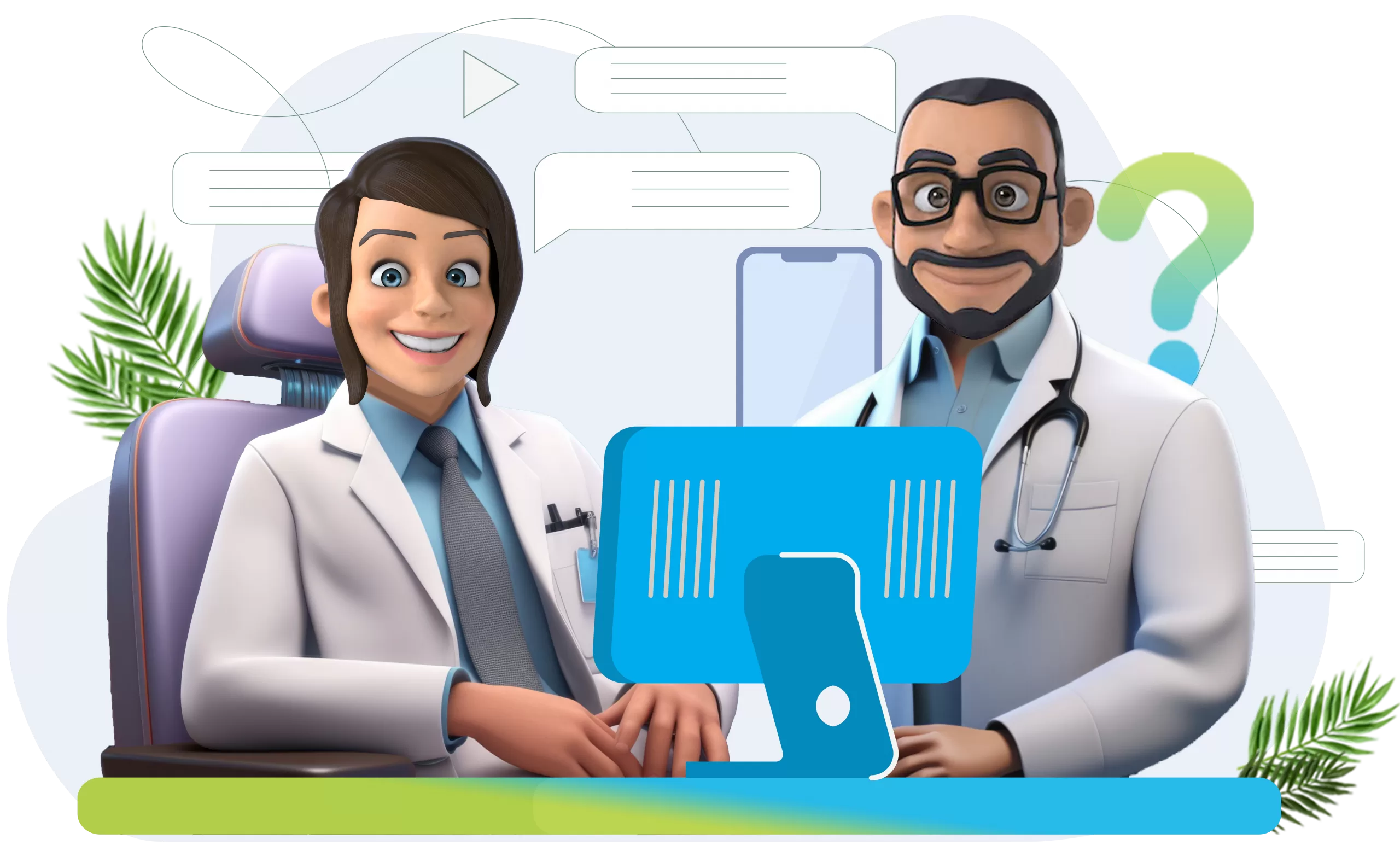Outcome-based education software can be used to personalize learning for individual students in several ways:
- Adaptive learning: Outcome-based education software can use algorithms to adapt the learning experience to the individual needs of each student. This can include adjusting the difficulty level of assignments and assessments, providing targeted instruction, and providing personalized feedback.
- Learning profiles: OBE can create learning profiles for each student, including information about their learning style, strengths, and areas for improvement. This information can be used to personalize the learning experience for each student.
- Self-paced learning: Outcome-based education software can provide students with the opportunity to learn at their own pace. Which can help ensure that each student is challenged at an appropriate level.
- Personalized goal setting: OBE can be used to help students set personalized learning goals and track their progress toward achieving those goals.
- Customized learning paths: OBE can be used to create customized learning paths for each student. Which can include a combination of instructional materials, activities, and assessments. That are tailored to their individual needs.
- Differentiation: Outcome-based education software can be used to differentiate instruction by providing different assignments, activities, and assessments to students based on their current level of understanding and ability.
- Student data tracking: OBE can track student data such as performance in assessments, time spent on tasks, and engagement. Which can help teachers to personalize instruction for individual students.
- Feedback and support: Outcome-based education software can provide immediate feedback to students and support for their learning. Providing teachers with detailed data on student performance can help them identify areas where students need additional support.





